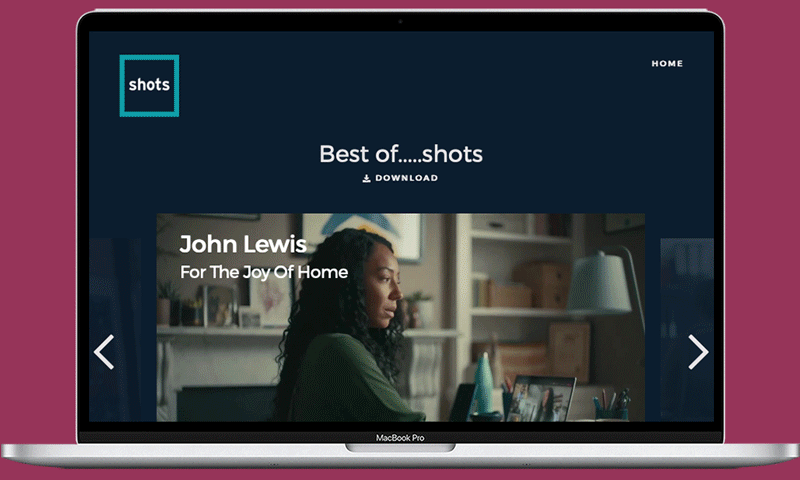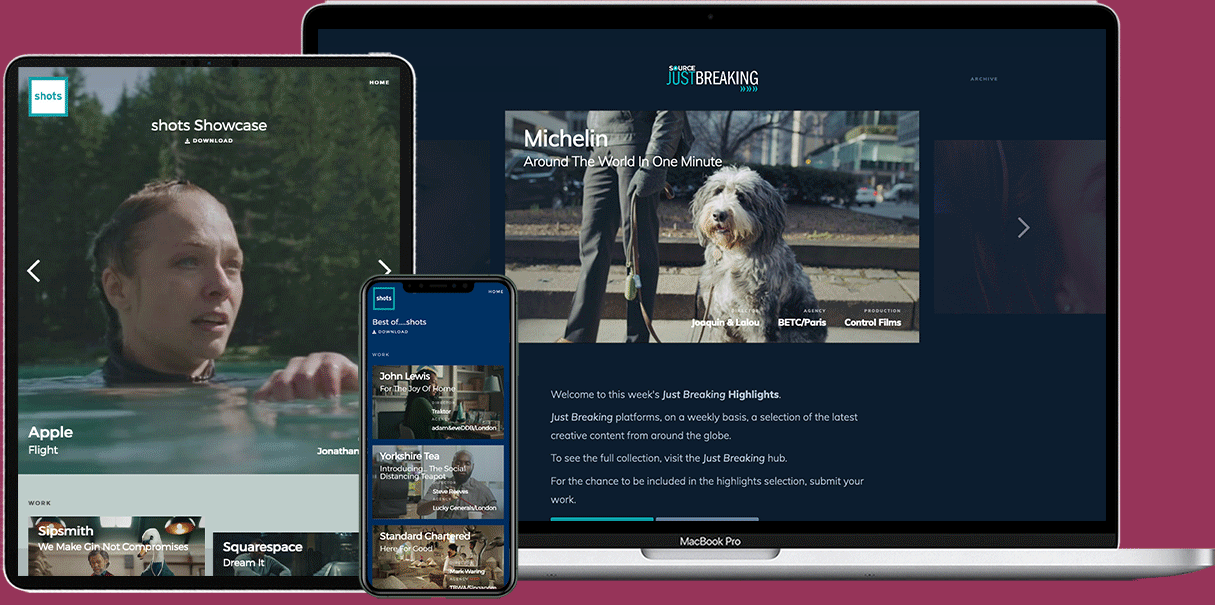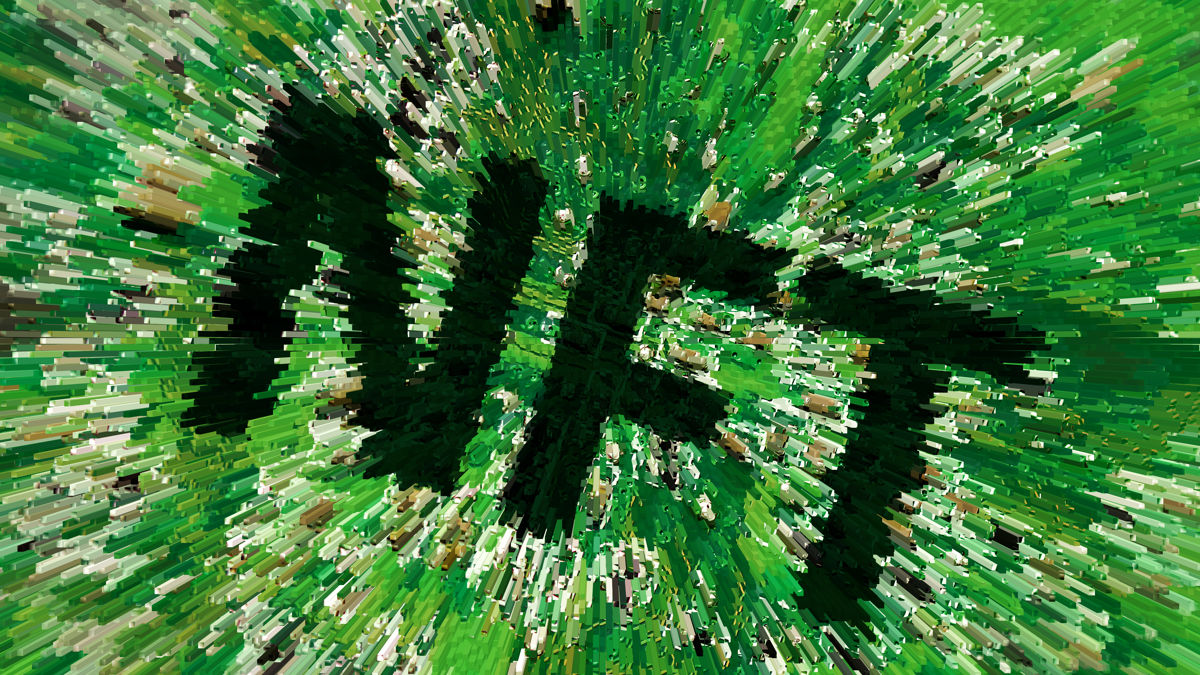How NFTs can avoid the same fate as MP3s
Michael Baggs, Strategy Director at The Social Element, can only see NFTs making an impression if marketers change their approach to how they're used. Brands need to give consumers value, he argues, otherwise, when it comes to advertising, the NFT will be DOA.
The NFT, still a mystery to many, is causing rifts in the marketing world as brands scramble to join the conversation for the sake of media mentions.
It seems that brands old, young, big and small are working out how they can grab a slice of the digital pie. In fact, even LimeWire (yes, you read correctly) has been revived as an NFT marketplace. The nostalgic music sharing platform is set to make a comeback in May as it swaps MP3s for NFTs to become a platform where users can buy and sell music collectables and other digital assets.
I’m seeing NFTs follow the same path [as MP3s] towards redundancy.
This got me thinking. MP3s were once the poster child of early Web 2.0, with millions of us downloading and sharing our favourite Avril Lavigne songs from sites like LimeWire. But, with the dawn of platforms like Spotify and the growing accessibility of digital assets versus physical ones, the value of MP3s quickly plummeted. After all, it’s a lot harder for MP3s to have any resale value when there is an unlimited supply with limited demand.
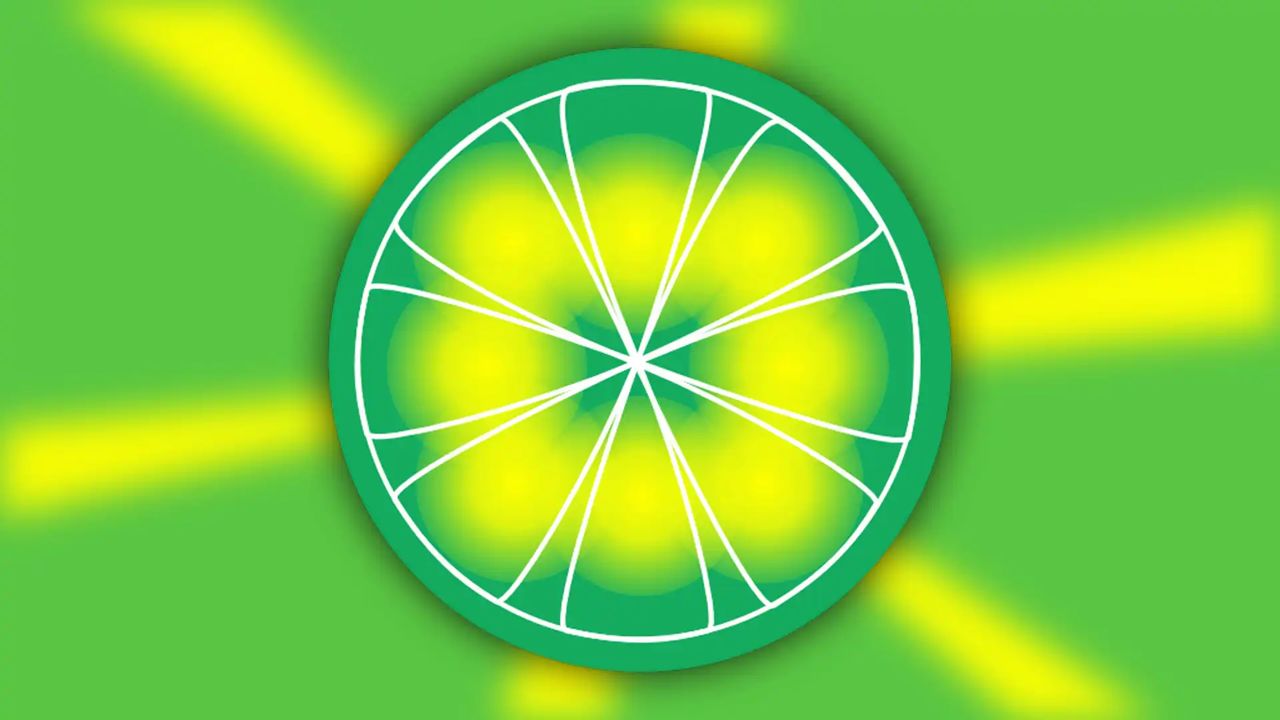
Above: One time MP3 downloading site LimeWire is relaunching as an NFT marketplace.
Right now, I’m seeing NFTs follow the same path towards redundancy. There is currently a limited demand for NFTs amongst consumers, and yet brands are viewing it as the new ‘creative frontier’, so are releasing thousands of them in an attempt to make a name for themselves in Web 3.0. But these are uncreative attempts at best. The problem is a lack of focus on what the consumer actually wants, or a failure to use that opportunity to curate something they could want.
If you know the market, active music fans overwhelmingly hate NFT as a proposition. Totally hate it.
Instead, marketers are celebrating in an echo chamber as the world outside still grapples with how to pronounce ‘fungible’. When the news broke that Epic Games was set to buy Bandcamp, and commentary began to swirl around an opportunity for Bandcamp to become an NFT centric platform, it became clear that commentators weren’t listening to the two things Epic bought access to: the musicians and the fans.
The thing is, if you know the market, active music fans overwhelmingly hate NFT as a proposition. Totally hate it. Every commentator talking up the positives has totally missed that everything they're suggesting offers zero utility to the communities of artists and fans that they bought Bandcamp to access. Brands are throwing away long-term connections with their customers for short term cash. As it stands, the lack of imagination and value NFTs are bringing to consumers' lives is making it an unsustainable investment.
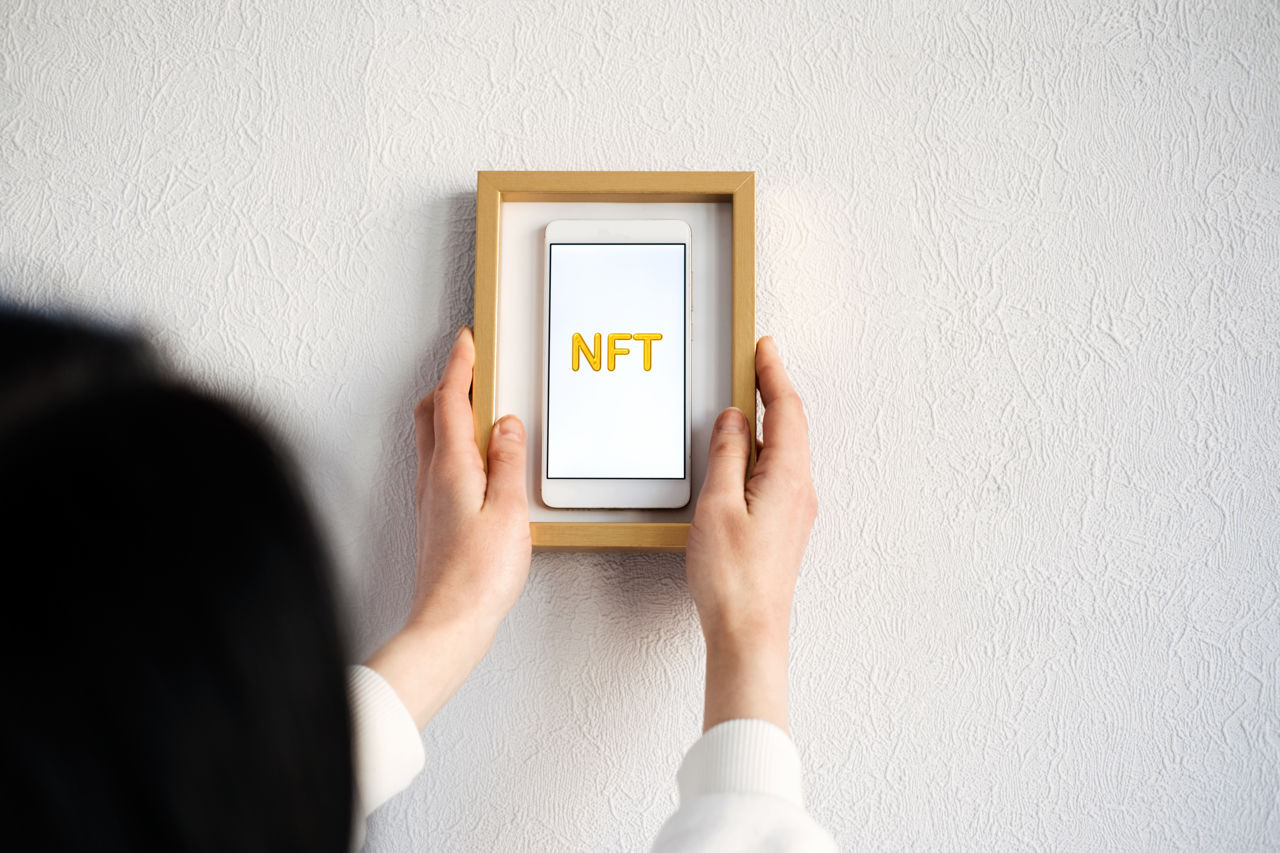
Above: For NFTs to be hung in pride of place, advertisers need to work out a way to give consumers something that they value.
Instead, marketers should be shifting the parameters of what an NFT can be used for by listening to what consumers actually want, and focusing on utility to bring consumers closer to their brand. They should use social listening to dive into the communities and forums people inhabit to unearth sentiment, to engage with your loyal fans to understand what they value in the brand, and use those insights to design NFTs that double down on that value.
Marketers should be shifting the parameters of what an NFT can be used for by listening to what consumers actually want.
If you’re EA Sports, why not release a limited edition FIFA NFT that is available to fans through a competition and can grant the winners access to all future game releases? Not only would it increase demand, but it would inspire existing and potential fans to rally around the brand in a value-exchange. If you’re Tesco, an NFT version of a Clubcard could give your most valuable customers access to exclusive discounts or free delivery for their weekly shop. Simply put, the creative potential for these digital assets goes far beyond pictures of a branded beer can.
The fate of NFTs has yet to be sealed, and all eyes and budgets are watching their explosion closely. Now is the time to experiment with the creative possibilities NFTs bring and discover what works and what doesn’t. Without someone pushing the potential forward, they'll be destined for a spot in the digital casualties hall of fame, right next to MP3s.



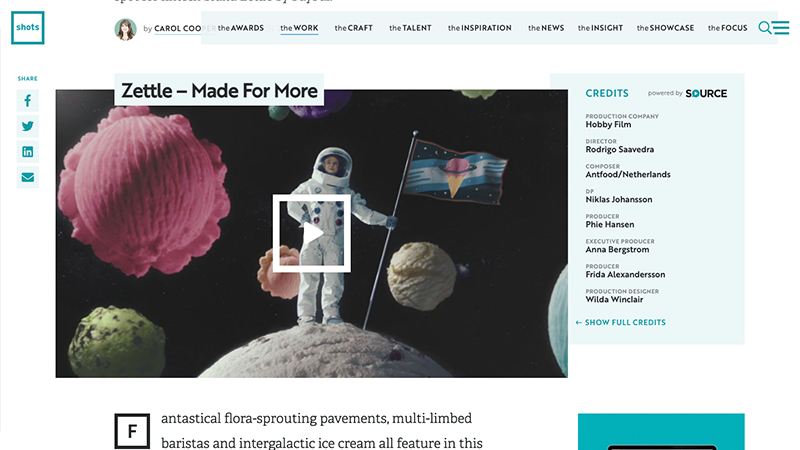

 + membership
+ membership